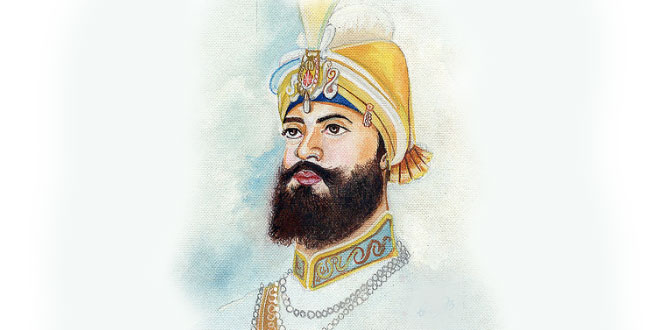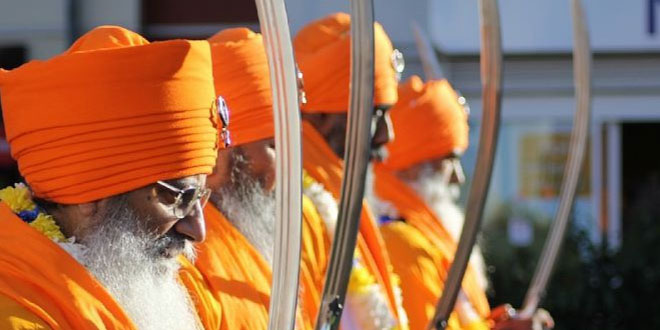Guru Gobind Singh Jayanti in India: Sikh festival that commemorates the birthday of Guru Gobind Singh, the tenth and the last Guru of the Sikhs. It is a religious celebration in which prayers for prosperity are offered.
Guru Gobind Singh Jayanti: What do people do?
It is common for large processions to go through markets in India on Guru Gobind Singh Jayanti. People sing devotional songs during the procession and share sweets and a cold drink or a sharbat among the adults and children. There are also special prayer gatherings that are held at places of worship known as gurudwaras.
Historical lectures are conducted and poems recited as part of praising the Guru on his birthday. Special dishes that are unique to this occasion are prepared and served during the festivities. These dishes include Holige, a sweet bread eaten with Ugadi Pachadi, which is a sweet and sour chutney made of tamarind, raw mango, neem flowers and jiggery which is a type of sugar and Puligore, a dish of tamarind rice.
Guru Gobind Singh Jayanti in India: Public Life
Guru Gobind Singh Jayanti is a restricted holiday so government institutions and offices remain open as well as businesses, banks, and public transportation services. These openings depend on where one lives and the services’ proximity to the festivities. Some schools remain open, depending on their religious observance.
Background:
Guru Ji was the 10th Sikh Guru of Nanak. He was born at Patna, Bihar, India, on December 22, 1666. His birthday sometimes falls either in December or January or even both months in the Gregorian calendar. The annual celebration of the Guru’s birthday is based on the Nanakshahi calendar.
Guru Gobind Singh was the son of Guru Tegh Bahadur, who gave his life to protect religious freedom. He succeeded his father when he became a Guru at nine years of age. Guru Gobind Singh’s teachings have a big impact on Sikhs. In his lifetime, he stood against the Mughal Rulers and fought against injustice. In 1699, Guru Gobind Singh took five men from the lower caste of society and baptized them as His Five Beloveds, endowing them with great courage and a devotion to God. It was his dedication to God, his fearlessness and his desire to protect the people from being oppressed that led Guru Gobind Singh to establish the Khalsa, a military force of saint-soldiers which he baptized.
Under Guru Govind Singh’s guidance and inspiration, the Khalsa followed a strict moral code and spiritual discipline. It was through his courage that the people rose against the oppression of the Mughal ruler in India at the time. Aside from being a spiritual and a military leader Guru Gobind Singh was also a gifted writer who penned a large body of literary work. Before his death in 1708, he declared the Guru Granth Sahib, which is Sikhism’s Holy Scripture to be the permanent Sikh Guru.
Symbols:
The processions held for Guru Ji in India are decorated with religious posters, banners, flags, flowers and other things that portray the different aspects of Sikhism. Generally, a procession carries a picture of him along with symbol of Sikh – Ek-Onkar.
 Kids Portal For Parents India Kids Network
Kids Portal For Parents India Kids Network








